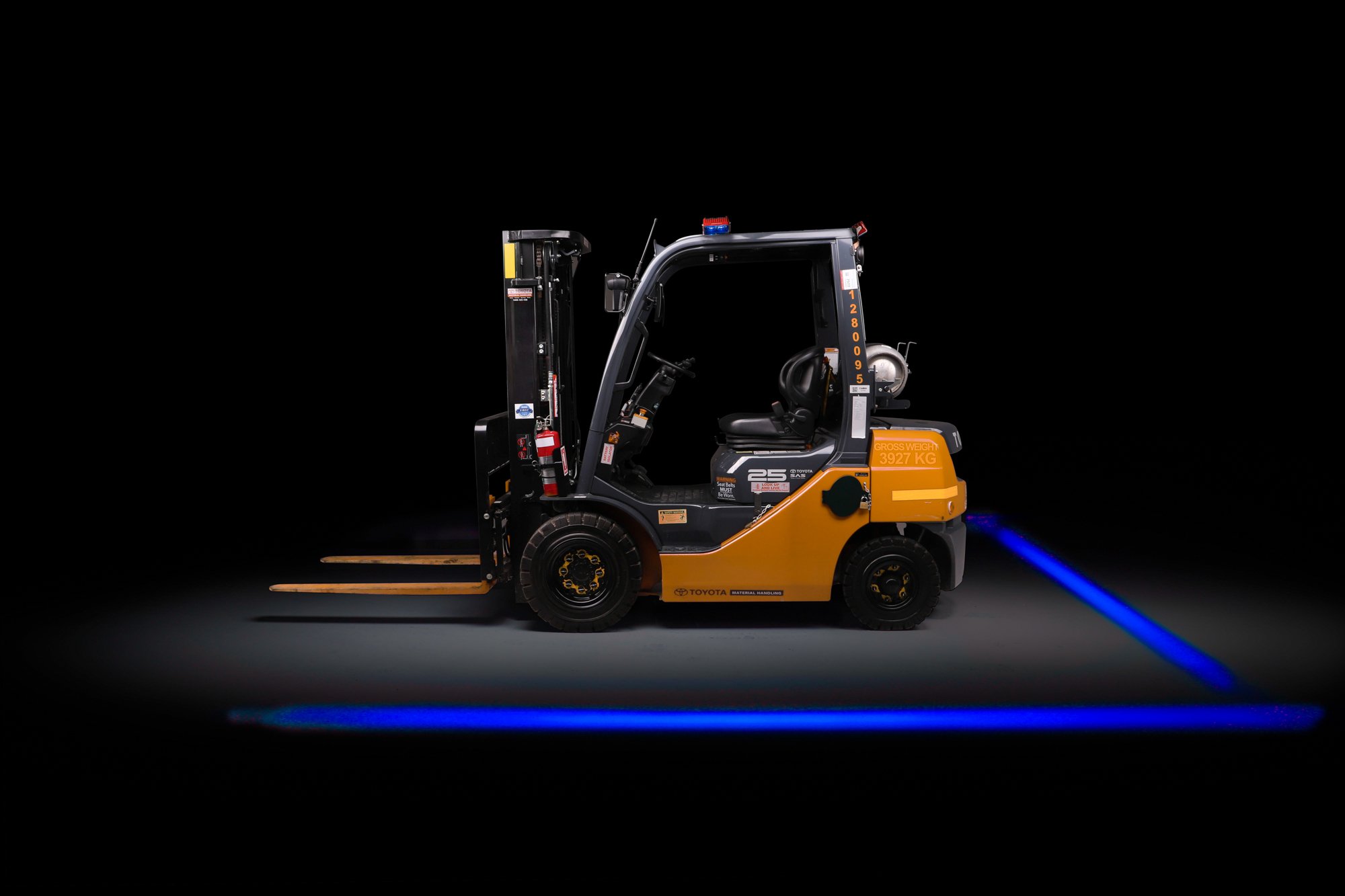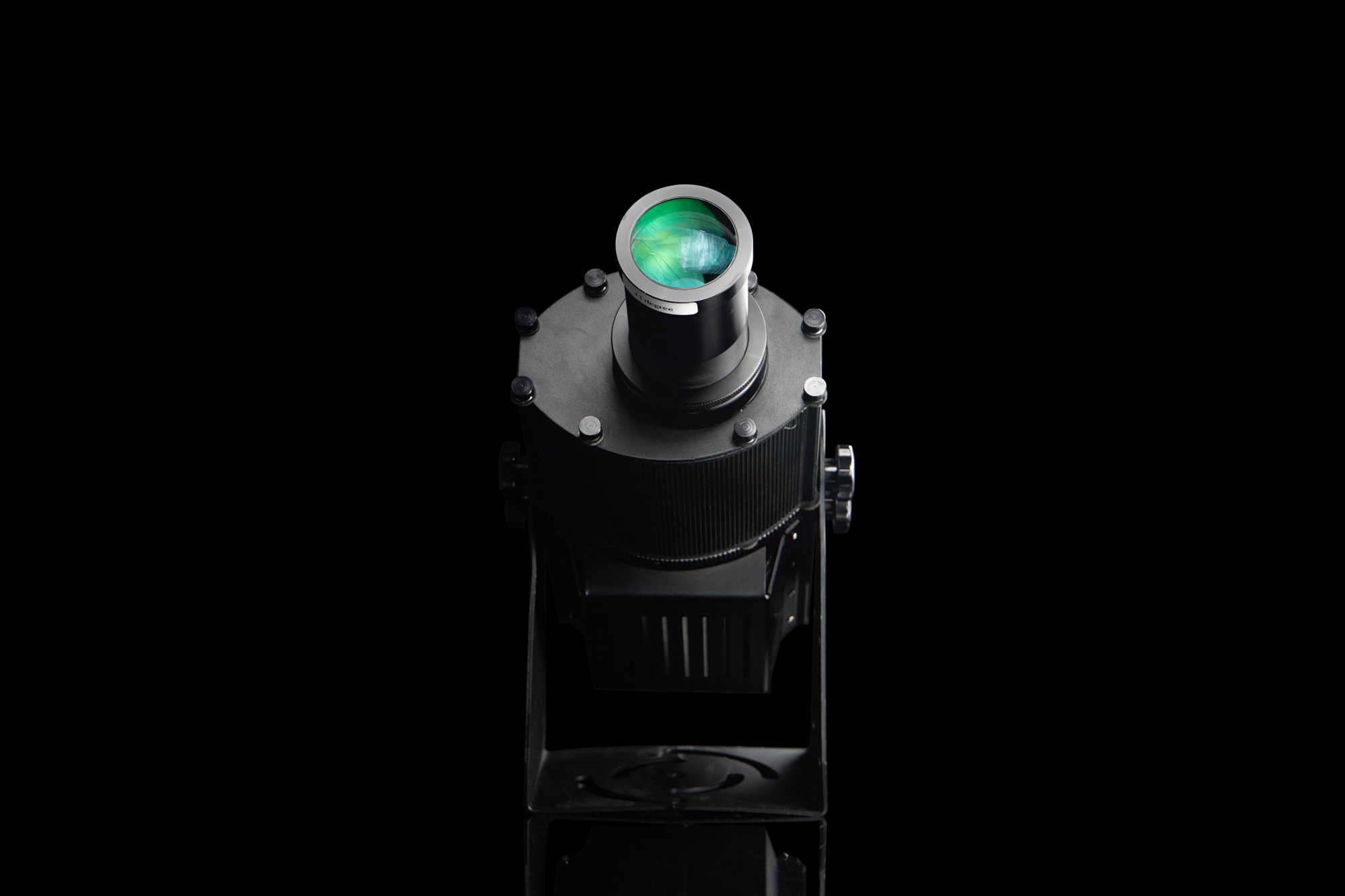MINING AND QUARRYING
The mining industry’s reliance on mobile plant poses significant safety risks, driving a critical need for proactive safety measures. By strategically excluding human activity from hazardous zones and leveraging risk compensation theory, mining operations enhance safety by influencing behaviour. Highlighting danger zones prompts instinctive safety responses, reducing accidents and prioritising worker wellbeing. Discover how these strategies safeguard personnel and optimise productivity in challenging mining environments.
Industry overview
The mining and quarrying industry encompasses a diverse array of operations focused on extracting valuable minerals and materials from the earth. Mines typically involve underground or surface excavations, while quarries focus on extracting stone, sand, and gravel from open pits. These operations utilise a variety of heavy machinery, including excavators, dump trucks, bulldozers, and drilling rigs. Excavators are crucial for digging and loading ore or material into trucks, while dump trucks transport the mined material to processing or storage facilities. Bulldozers are employed to move earth and prepare terrain, while drilling rigs bore into the ground to access mineral deposits. These machines operate in challenging environments with rugged terrain and varying geological conditions, requiring robust safety measures to protect workers and ensure efficient production.
Machinery and equipment
In mining and quarrying operations, a variety of heavy machinery and equipment are essential for extracting minerals, ores, and aggregates from the earth. Common types of machines used include:
Excavators: These are large machines used for digging and moving earth, rocks, and minerals. Excavators are versatile and can be equipped with different attachments for various tasks.
Dump trucks: Heavy-duty trucks designed to transport mined materials over long distances. They are crucial for moving large volumes of ore or waste materials from the mining site to processing areas or storage facilities.
Bulldozers: Used for pushing or moving large quantities of earth, rocks, and debris. Bulldozers are powerful machines capable of clearing and levelling terrain for mining operations.
Drilling rigs: Essential for creating boreholes and drilling into rock formations to access minerals or resources underground. Drilling rigs can vary from small portable units to large rigs mounted on trucks or tracks.
Wheel loaders: Also known as front-end loaders, these machines are used to load mined materials into trucks or feeders. Wheel loaders are versatile and can handle a wide range of tasks in mining and quarrying operations.
Crushers and screeners: These machines are used to process mined materials by crushing large rocks into smaller particles or separating materials of different sizes. Crushers and screeners are crucial for preparing materials for further processing.
Conveyor systems: Used to transport mined materials over long distances or from one processing stage to another. Conveyor systems are efficient in handling bulk materials and reducing the need for manual handling.
Draglines: Large machines used in surface mining operations to remove overburden (earth and rock covering the mineral deposit) and expose the ore or mineral underneath.
Haul trucks: Similar to dump trucks but larger and designed specifically for transporting mined materials within the mining site. Haul trucks can carry enormous payloads over rough terrain.
These machines are vital for mining and quarrying operations, enabling efficient extraction, transportation, and processing of minerals and aggregates essential for various industries.
Safety challenges
In mining and quarrying operations, several significant safety concerns are associated with the use of heavy machinery:
Collision risks: Given the size and weight of mining equipment such as excavators, dump trucks, and bulldozers, collisions with other machinery, vehicles, or stationary objects pose substantial risks. Poor visibility and blind spots can exacerbate these dangers.
Overturning and tipping: Heavy machinery like dump trucks, wheel loaders, and bulldozers can overturn or tip over due to uneven terrain, improper operation, or overloading. This can result in serious injuries or fatalities to operators and nearby personnel.
Falling objects: During mining operations, materials may shift or fall from trucks, conveyors, or loading equipment, posing a risk of injury to workers below.
Crushing and pinching hazards: Machines such as crushers, screeners, and drilling rigs have moving parts and mechanisms that can trap or crush operators and maintenance personnel if safety protocols are not strictly followed.
Noise and vibration: Mining machinery generates significant levels of noise and vibrations, which can lead to hearing loss, fatigue, and other health issues among workers over time.
Weather conditions: Outdoor mining operations are susceptible to weather conditions such as rain, snow, and extreme temperatures, which can affect equipment performance and operator safety.
Training and competency: Operating heavy machinery in mining requires specialised training and competency. Inadequate training or lack of experience can significantly increase the risk of accidents and injuries.
The mining and quarrying industry faces significant safety challenges related to collisions involving both humans and machines, as well as machine-to-machine incidents. Human-machine collisions occur when workers inadvertently enter the paths of moving equipment, often due to a lack of awareness, perception or knowledge as to how far they must be from the machine to remain safe. This poses risks of serious injury or fatalities, particularly in environments where large, heavy machinery is in operation. Machine-to-machine collisions are also prevalent, especially between equipment like dump trucks, excavators, and bulldozers, which operate in close proximity. These collisions can result from blind spots, operator error, or miscommunication, leading to damage to equipment and potential downtime. IN addition, dump trucks parking too close to excavators or loaders can result in machinery collisions. In all cases, the rugged terrain, fatigue, repetition and dynamic nature of mining and quarrying sites exacerbate these safety risks.
Safety Halo application
The Safety Halo™ system is revolutionising the mining and quarrying industry by introducing visible and unmistakable exclusion zones around operating machinery. This innovation triggers subconscious safe behaviours among both machine operators and foot workers, ensuring they instinctively remain outside the danger areas delineated by the laser lines. By creating clear and well-defined exclusion zones, the system not only enhances safety but also optimises operational efficiency. For instance, dump trucks can consistently pull up to an ideal distance from excavators for loading, thereby minimising the risk of collisions and streamlining the entire workflow.
In addition, The Safety Halo laser line marking system is significantly enhancing operational efficiency and reducing machinery accidents on ROM Hoppers. By providing clear visual guidance, it ensures that haul trucks consistently align perfectly during loading operations. This precision minimises the risk of collisions and optimises the workflow, thereby improving safety and productivity in mining and quarrying operations.
This proactive approach not only mitigates safety hazards but also improves overall productivity in these challenging industrial environments.
Laser Safety Halo (Up to 10 m)
Made in USA, the Laser Safety Halo™ is the world’s first exclusion zone for large-scale mobile plant that leverages neuroscience to positively affect human behaviour and induce safety. Built to withstand the rigours of large-scale machinery, our Laser Safety Halo is the most effective exclusion zone system for mobile plant. Our Class 2 range of Laser Safety Halo products can project light up to 10 metres.
Laser Safety Halo (Up to 50 m)
Made in USA, the Laser Safety Halo™ is the world’s first exclusion zone for large-scale mobile plant that leverages neuroscience to positively affect human behaviour and induce safety. Built to withstand the rigours of large-scale machinery, our Laser Safety Halo is the most effective exclusion zone system for mobile plant. Our Class 3R range of Laser Safety Halo products can project light up to 50 metres.
LED Safety Halo
Our original LED Safety Halo™ system offers the brightest LED exclusion zone lighting available by utilising narrow band Cree LED lighting—providing brighter, clearer, and more even light patterns and illumination. With our LED Safety Halo, you can enjoy exceptional performance and reliability due to temperature control design that enables higher power output and greater longevity.
HD LED Safety Halo
Designed for gantry cranes, underground mining, and tunnelling line marking, the HD LED Safety Halo™ provides a line or spot beam for longer distance projections over four metres. Featuring durable construction with polycarbonate lens, aluminium housing, and stainless-steel brackets, the HD LED Safety Halo is maintenance-free, easy to install, and suitable for fixed applications.
Safety Halo Accessories
Our comprehensive range of Safety Halo™ accessories makes it simple and straightforward for you to install and connect our Safety Halo lights. Our range of accessories includes no-drill mounts for the Laser Safety Halo and the LED Safety Halo, surge protection and junction boxes with three to five connectors, a 10-metre extension cable, and an adjustable flasher relay.
Projectors and Traffic Lights
Featuring LED lighting and aluminium housing, our projectors are typically used in high-traffic, dirty, and wet areas where traditional painting does not last or loses visibility. The projected image is fully customisable. In warehouse environments, our traffic control lights further facilitate worker safety for situations involving loading docks, warehouse pedestrians, sealed doors, and roller doors.







